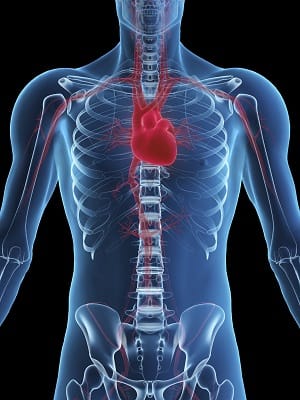Vascular and Neurovascular Procedures

The vascular system refers to the body's complex network of blood vessels, veins and arteries that carry blood to and from the heart and throughout the body. Problems in the vascular system are common.
At Adventist Health Glendale (AHGL), a unique mix of cardiologists, interventional neuroradiologists (INR) and vascular surgeons work together to provide an innovative and comprehensive program for diagnosing and treating vascular conditions, including stroke, brain aneurysm, aortic aneurysm, arteriovenous malformation (AVM) and more. Procedures performed at GAMC include the following.
Carotid Stenting
Your carotid arteries are located on each side of your neck and extend from your aorta in your chest to the base of your skull. These arteries supply blood to your brain. Sometimes these arteries can become blocked with plaque, increasing your risk of stroke.
Carotid artery stenting is a procedure in which your vascular surgeon inserts a slender, metal-mesh tube, called a stent, which expands inside your carotid artery to increase blood flow in areas blocked by plaque. This is similar to the more common heart stents that patients receive with angioplasty, but it is performed in the carotid artery.
Abdominal Aortic Aneurysm Repair
The aorta is the main artery in the body that carries blood away from the heart to the lower body. An abdominal aortic aneurysm occurs when a weak area of this artery begins to bulge or expand. These aneurysms are dangerous because they can burst and cause severe internal bleeding.
An abdominal aortic aneurysm repair is performed by a vascular surgeon, who repairs the damaged artery using a stent graft, or a tube made of fabric and metal mesh. This stent graft supports and strengthens the weakened area of the abdominal aorta. For some patients, this process can be performed as a minimally invasive procedure.
Minimally Invasive Cerebral Vascular Procedures
- Aneurysm coiling- This minimally invasive procedure works by packing tiny coils into the aneurysm. These special coils block the blood flow into the aneurysm, causing it to shrink and die.
- Arteriovenousmalformation (AVM) embolization- In this procedure, a small catheter is passed through the groin all the way up into the blood vessels supplying the AVM (caused by defects of the circulatory system). A physician specialist then injects a special liquid adhesive into the AVM in order to block off its blood supply.
For a referral to one of AHGL's vascular or neurovascular specialists, call(818) 409-8000.